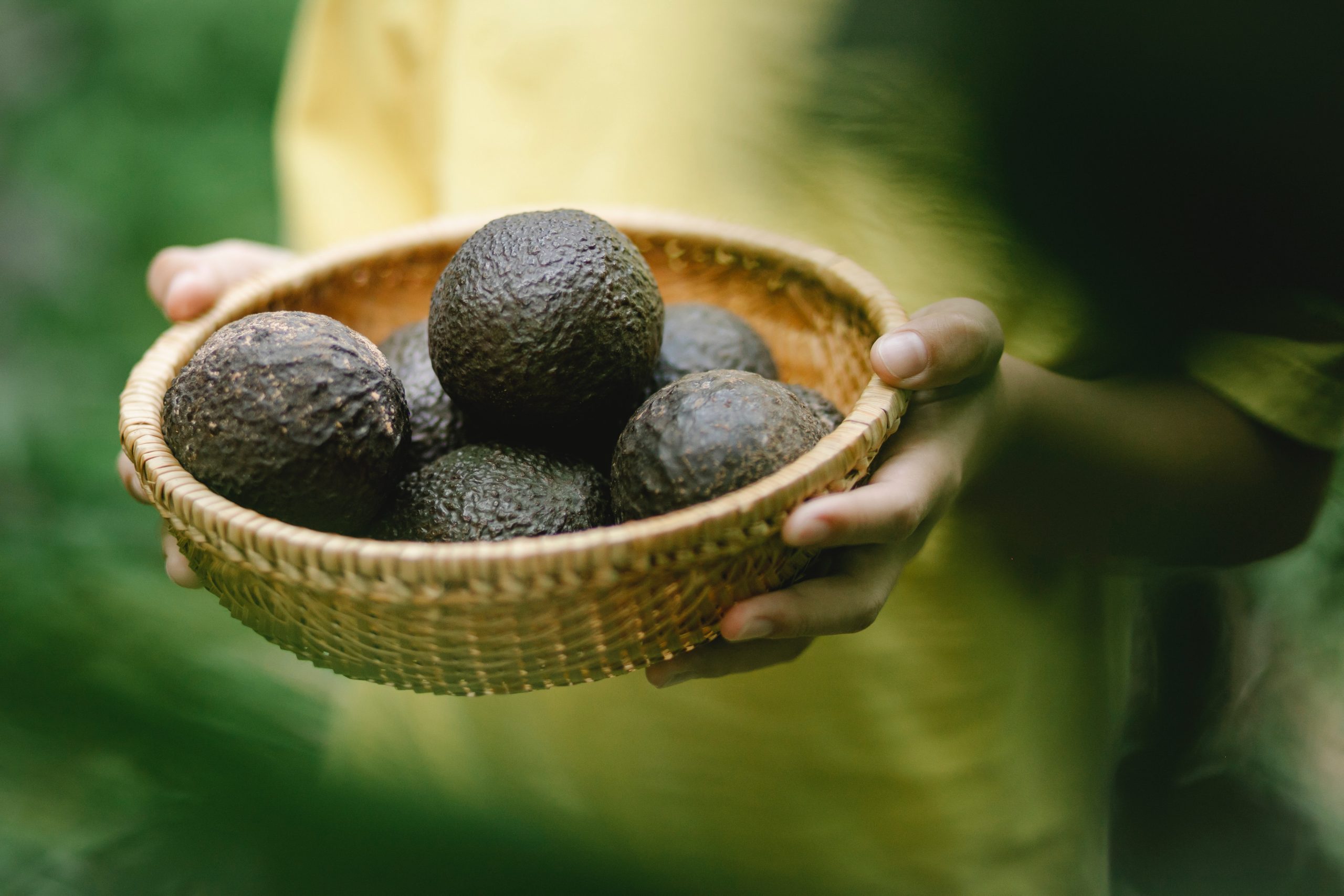- Food
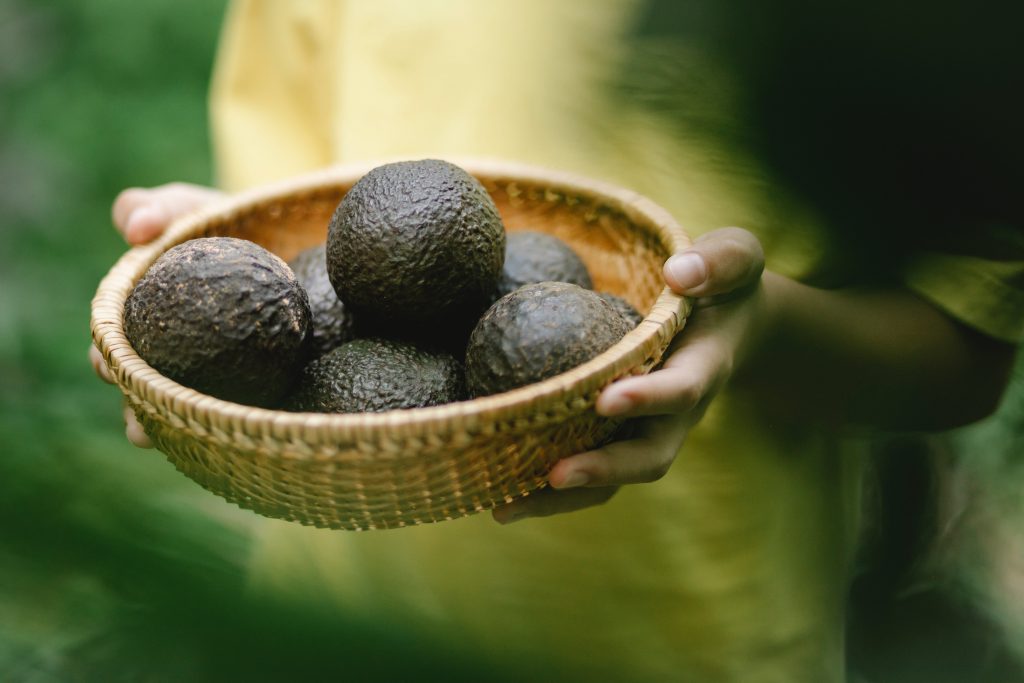
From avocados to zucchini, plants are the basis for all foods humans consume. Photo: Any Lane/Pexels
Are you reading this over a meal or snack? Without plants, forget having anything to eat. Every single one of the calories in proteins, fats, and carbohydrates we consume comes from plants. Yes, this includes meat, because animals we consume as food eat plants. Plants use the energy created from photosynthesis to convert carbon-dioxide to complex molecules animals including people eat for food. It hardly gets more basic than this! But we have nine more reasons to go.
- Oxygen

We can’t function well mentally or physically when we are breathing oxygen depleted air. Adding plants to your indoor environment can help a lot.
Hold your breath. You probably can’t do it for more than a few minutes. Life on Earth depends on oxygen, and that oxygen comes mostly from plants, which generate oxygen as a byproduct of photosynthesis. But only half the world’s oxygen comes from the plants around us on land. The other half comes from ocean-based plankton, drifting ocean plants, algae, and even some bacteria. NOAA scientists believe the percentage might be as high as 80 percent. Our survival as human beings depends on the health of these habitats for plants to produce the air we breath. The next time you don’t think environmental protection is important, hold your breath.
- Medicine
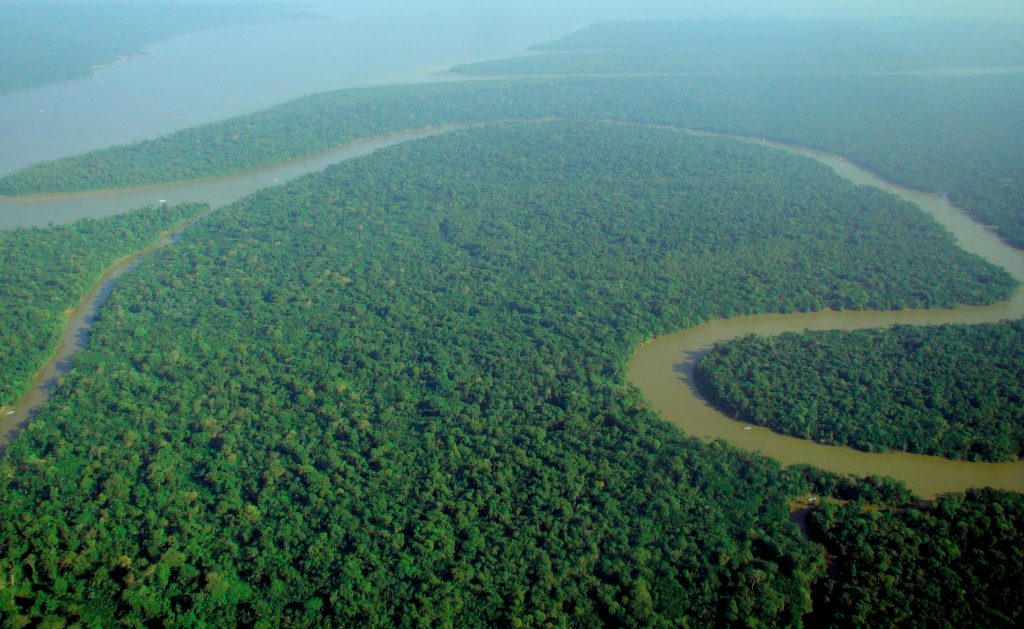
Lifesaving drugs could be waiting for humanity within the Amazon rain forest – if it survives. Photo: Wikimedia
Plants are vital to the discovery of new drugs. Many of the world’s most valuable drugs come directly or indirectly from plants. Fifty percent of prescription drugs today were first identified in plants. Along with the loss of habitat and oxygen-producing plants, when rain forests are destroyed, so are potential cures for disease and illness. There are still plant and tree species deep in rain forests scientists haven’t identified or studied. What if cures for cancer, HIV, COVID or future viruses become extinct before we find them? About 65% – 80% of the world’s population use holistic plant-based medicine as their primary form of healthcare according to the World Health Organization.
- Habitat
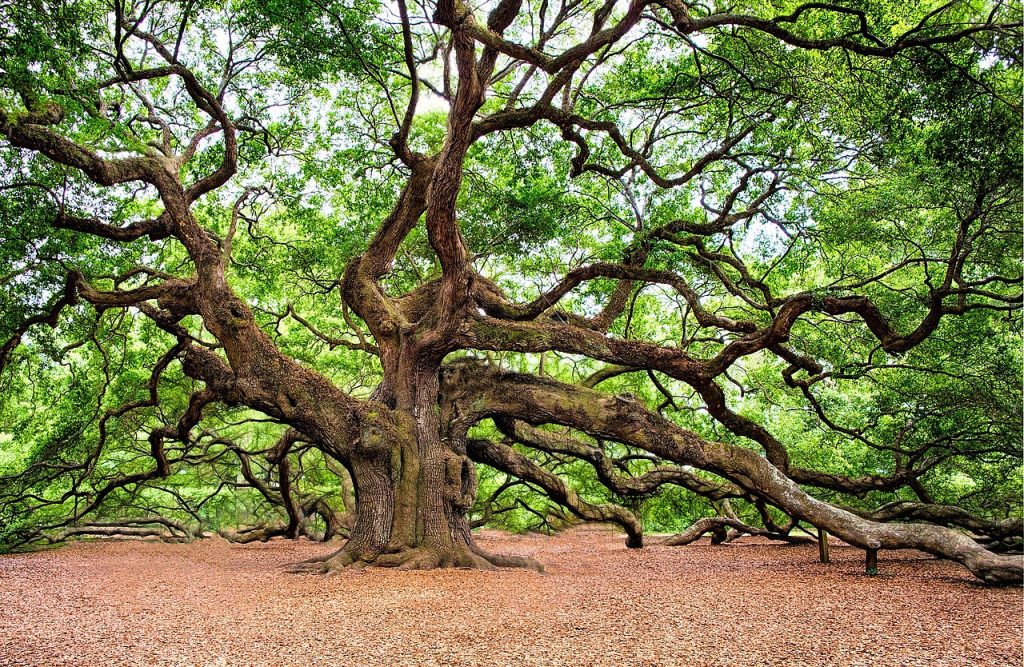
Oak trees like this one are examples of complex, compact habitats. Photo: Wikimedia
In many places, plants provide habitat for other plants and animal species who rely on them for food and shelter. For example, the English oak tree supports hundreds of insects, provides food for birds and mammals like deer. Fungi and lichen grow on them. Woodpeckers create dens, and later bats live in abandoned woodpecker holes. The bats then eat the insects living in the tree canopy.
- Climate
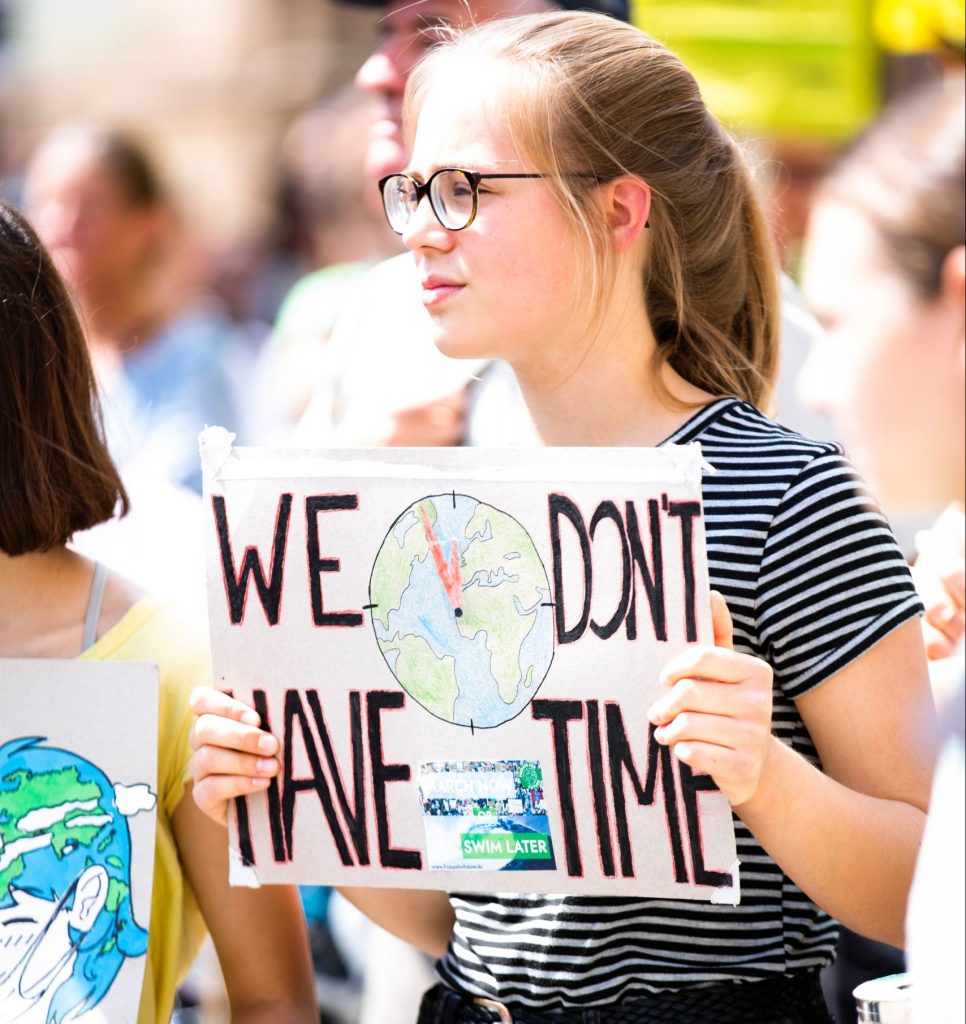
Plants help control global warming through consumptiom of carbon dioxide.
We’ve all begun to understand the danger of excess carbon dioxide. Carbon dioxide (CO2) is one of the greenhouse effect gases contributing to climate change and the overall warming of our plant. Plants take in carbon dioxide as fuel, and release oxygen through the process of photosynthesis. Plants use carbon to grow new leaves, branches, trunks, and roots, where excess carbon dioxide is stored instead of ending up in our atmosphere. One small way we can all help fight climate change is to preserve forests, and plant trees and gardens everywhere we can.
When forests are cut or burnt, the huge amounts of carbon that has been stored in plant tissue and the soil is released into the atmosphere. This is why it is so important to protect these habitats, especially ancient primary forests containing native species with little human disturbance in the past.
- Pollution Removal
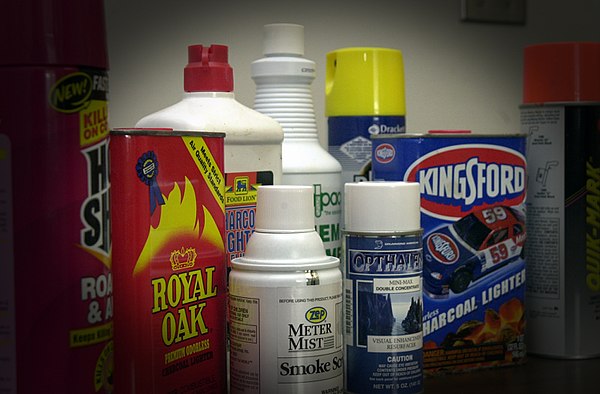
Many common household products contain volatile organic chemicals or VOCs. Photo: Wikimedia
In addition to removing harmful excess carbon dioxide, plants remove harmful toxins called volatile organic chemicals (VOCs) from the environment. VOCs like formaldehyde and benzene are carcinogenic. Studies show plants absorb VOCs and reduce their concentration in our indoor environment. While the studies disagree on the amount of VOCs reduced by plants, they do lower the amount of these pollutants. In addition, trees planted in an urban environment not only counteract the warming impact of concrete and buildings on the atmosphere, they also clean the air of pollutants and particulates generated by traffic harmful to us.
- Paper/Rubber/Wood/Cotton/Fibers

Many of the products we use and even wear are made from plant fibers. Photo: HiveHarbingerCOM
Imagine a world without paper, rubber, wood, cotton, and fibers such as hemp for a start. We cultivate plants for so many of the products we rely on daily. Production and distribution of these products create millions of jobs around the world. Many of these products are recyclable and renewable. The more we use plant-based products instead of synthetic or plastic products, the healthier our earth will be.
- Cosmetics and Fragrance

The world wouldn’t smell as sweet without flowers.
The most primitive human beings learned how to use plants to cover up body odors, protect their skin from insects and harsh effects of UV rays, and even wash and color their hair. We’d have a lot less beautiful and far more stinky world without plant-derived cosmetics and fragrances. Some of the world’s most luxurious beauty products are based in humble plants and flowers.
- Soil Quality
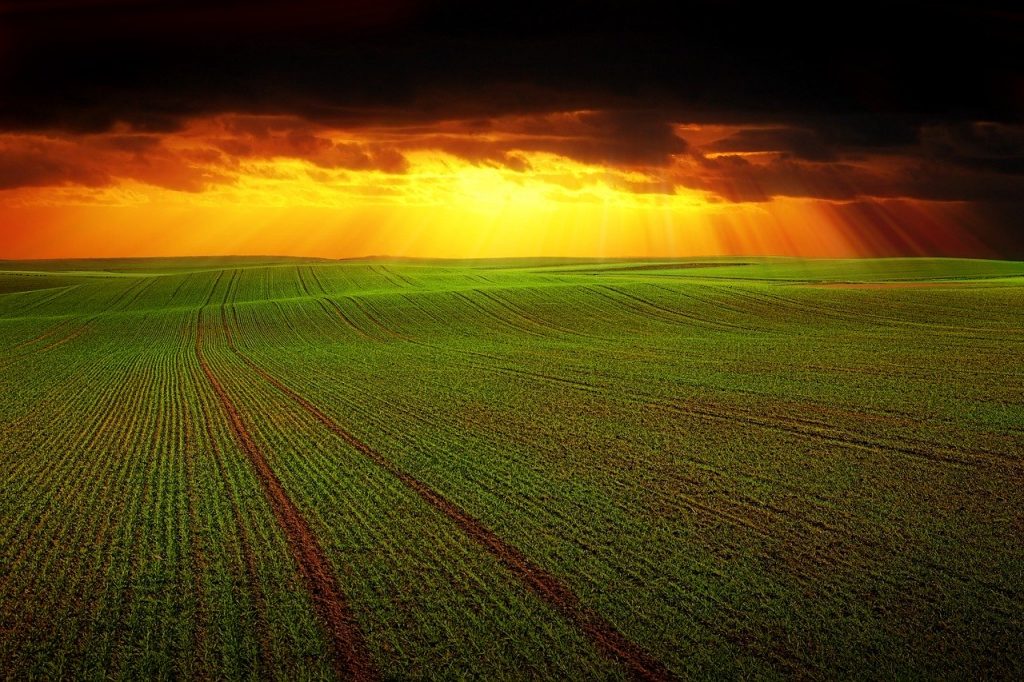
Scientists are starting to explore ways of using plants to clean contaminated soil or rejuvenate depleted agricultural farmland. Photo: Johannes Plenio, Pixabay
The plants we rely on for food, shelter, medicine and more rely on quality soil to grow and thrive. They are part of the cycle needed to maintain rich, high nutrient soil. Roots and microorganisms living around their roots hold soil together. This reducing erosion. As leaves fall from the trees and when smaller plants die, they decompose. This material deposits fertilizing nutrients into the soil which enables new plants to grow and thrive.
10. Human Wellbeing

Plants and nature are at the heart of human wellness and wellbeing. Photo: Vanessa Kenah, Pixabay
It’s in our mission statement and it’s the entire reason for Good Earth Plant Company’s existence. We enrich peoples’ lives with plants. We’ve given you ten reasons why, but the last one that really matters to most of us is the benefit to human wellness and wellbeing. Research gets published almost daily reporting on the ways plants improve our physical health, our mental health, our productivity and focus, and our overall quality of life. They improve the air we breathe, improve our mood, and reduce stress.
It’s not a coincidence people added indoor plants to their homes in record numbers during the coronavirus pandemic. It was driven by our instinctual bond with nature to find ways to make ourselves feel better during very anxious times. One year later, there is still a nationwide shortage of certain favorites in the U.S. True!
We hope these ten reminders spark new enthusiasm for plants. It’s spring and it’s the perfect time to add plants to your environment both indoors and outdoors. Gardening is good for your own health and for the rest of the planet, too.
If Good Earth can help, we’re just a call or email away! Try us – we can’t wait to hear from you!

